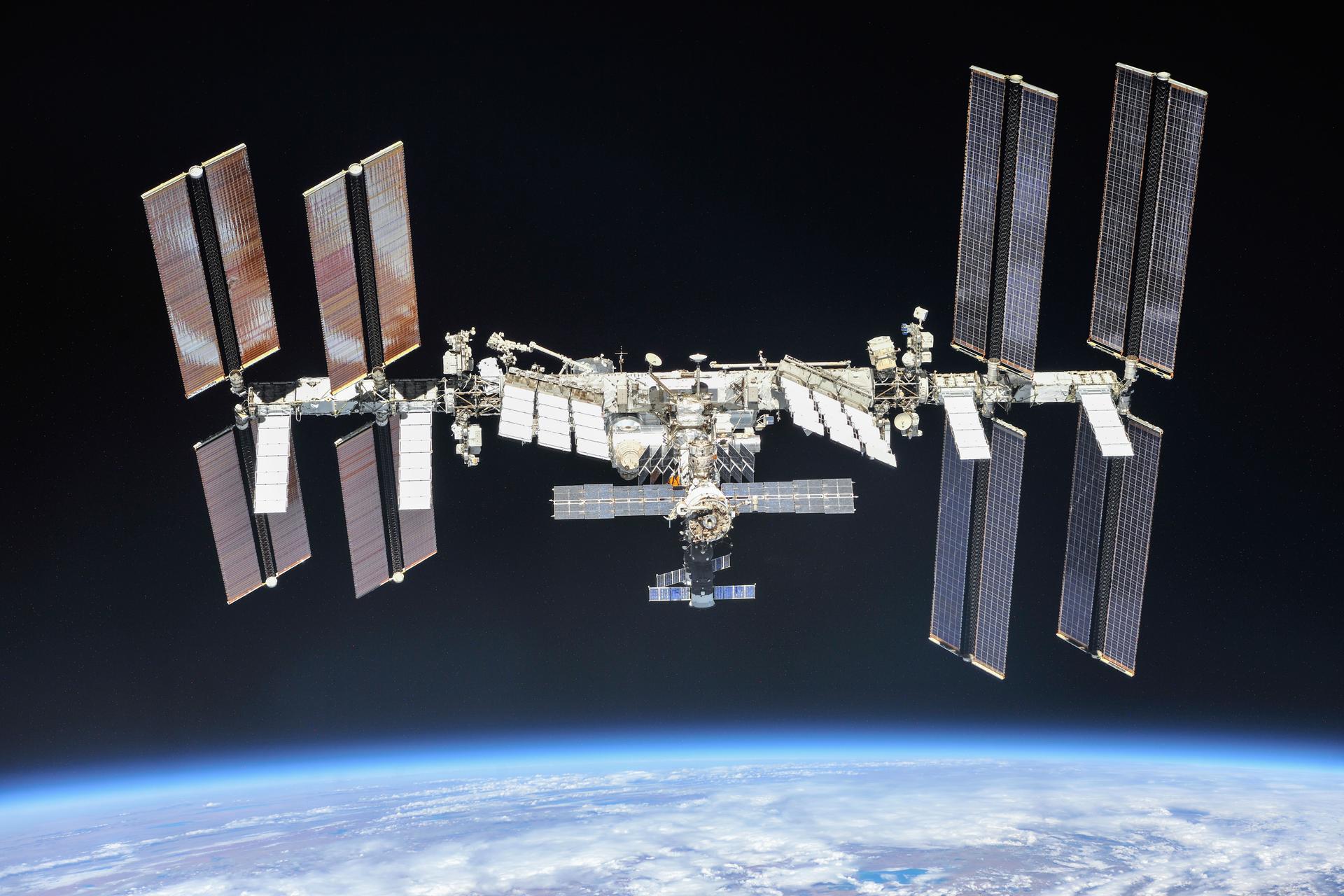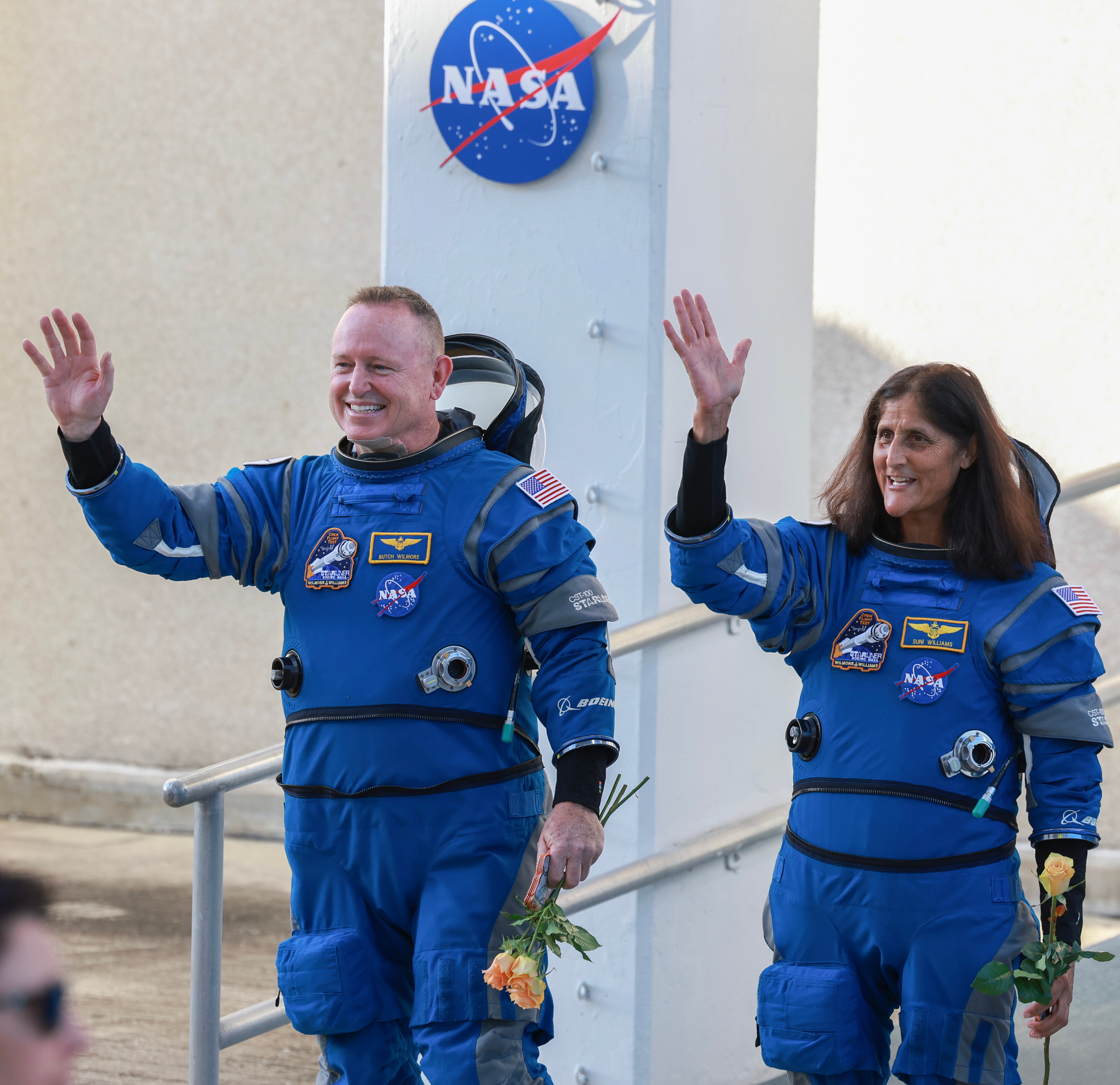Boeing has two astronauts stuck in space – and that’s not even their biggest problem
After years of delay, Boeing’s Starliner finally managed to take astronauts to the International Space Station, writes Andrew Griffin. But problems with the craft mean it’s unclear how or when they’re coming home again


The problems with Starliner – the spacecraft that is Boeing and Nasa’s big hope for the future of space travel – started early. It was supposed to take its first test flight with a crew in 2017, but it didn’t even get into crewless orbit until 2019. Even then that launch was beset by problems and the company did not try again until 2022.
So when it finally came around to setting off on its first flight with crew, it seemed almost expected to go wrong. And so it did: it was already seven years late, but it was delayed two more times, after a helium leak and then a problem with the power supply. It finally got going on 5 June, when it blasted off from Cape Canaveral, carrying two Nasa astronauts – Barry Wilmore and Sunita Williams – to space.
The problems, however, were not left behind on Earth. As the spacecraft sailed towards the International Space Station, engineers spotted a run of helium leaks. Then it was delayed in its docking with the floating lab: the thrusters that steer it into its docking broke, which led to another delay.
And now the astronauts on board are facing perhaps the most anxious issue of all: being stuck on the space station. They were supposed to come back down to Earth on 14 June, but that too was delayed, repeatedly, and now Boeing has not set a new date for the return.
Strictly speaking, their situation is not quite as dramatic as it sounds. Boeing has delayed the return because some of the important parts of the spacecraft will be destroyed in the intense journey back down to Earth – keeping it on the space station gives them more time to analyse what exactly went wrong with those leaks and thruster problems. Starliner is ready to stay docked on the space station for 45 days in all, Nasa has said. That could be extended to 72 days if necessary, with engineers switching onto backup systems.
Even if the Starliner were broken, the astronauts would not truly be stuck tumbling through space. One of the Crew Dragon capsules made by SpaceX – ostensibly a rival of Boeing’s, though in truth much further along the path of offering reliable private space flight – could offer them a lift. One arrived at the International Space Station in March and is still docked there; it took four people up, but could fit another two in an emergency.
To be rescued by Elon Musk’s company would be yet another embarrassment for Boeing, though. As well as the company’s problems off the Earth, it is still dealing with a host of issues closer to home – the result of a series of dramatic issues with its aeroplanes that has led to weakened faith in the company, official investigations and the departure of its CEO.

Musk has occasionally picked fights with Boeing, but initially he had seemed supportive of the Starliner’s first crewed test. “Congratulations on a successful launch!” he posted soon after it took off, and Boeing also received congratulations from Gwynne Shotwell, the SpaceX president and chief operating officer who is sometimes credited with the successful running of the company.
But this week, as the Starliner’s crew remained stuck in space, Musk appeared to mock the outgoing Boeing chief executive David Calhoun for his accountancy experience. “The CEO of an aircraft company should know how to design aircraft, not spreadsheets,” he said.
Musk might have another interest in denigrating his competitor; the two are actually engaged in the same process. It would be unhelpful for him if the Starliner’s troubles were seen as reflecting problems with the move to private space travel rather than being related to the company specifically.
Indeed, even as Boeing worked to bring its astronauts home from the International Space Station, SpaceX was being awarded the contract to destroy it. On Wednesday, Nasa announced that Elon Musk’s company would design the vehicle that will attach to the ISS and “deorbit” it so that it falls into the Earth’s atmosphere and breaks up.
That is not only a very high-profile (it will be the end of one of the most watched space projects ever, and itself a world-leading event) and high-price – $840m (£664m) – contract for SpaceX. It also marks a significant change in the way that Nasa explores space itself.
The International Space Station will be destroyed in 2030 in part because it is becoming old – when it ends, it will have been occupied for 30 years, and it has the leaks and other issues to show for it. It also said the drop was a way to ensure space “for future commercial destinations and allows for the continued use of space near Earth”.
Nasa wants to move towards low-Earth orbit being occupied by private space stations, such as those made by Axiom Space, which currently has an early part of that project docked at the International Space Station. Boeing wants a part of that mission, too. One of the purposes of the Starliner is to carry people and equipment up to those future private space stations, including Orbital Reef, a project that is really something like an office park floating in low-Earth orbit.
All of those plans will require a safe and reliable Starliner to get off the ground. And they’ll need its astronauts to get back down to Earth, too.
Subscribe to Independent Premium to bookmark this article
Want to bookmark your favourite articles and stories to read or reference later? Start your Independent Premium subscription today.


Join our commenting forum
Join thought-provoking conversations, follow other Independent readers and see their replies
Comments